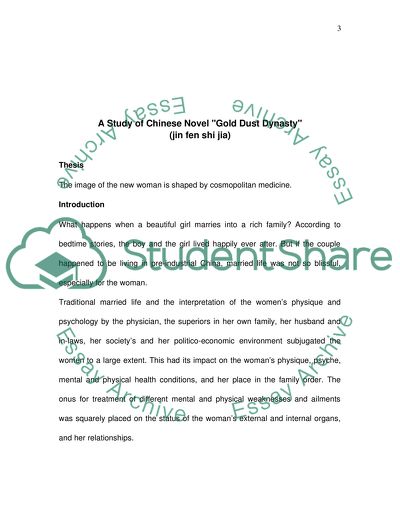Cite this document
(“Chinese Novel Gold Dust Dynasty Book Report/Review”, n.d.)
Chinese Novel Gold Dust Dynasty Book Report/Review. Retrieved from https://studentshare.org/literature/1530195-chinese-novel-gold-dust-dynasty
Chinese Novel Gold Dust Dynasty Book Report/Review. Retrieved from https://studentshare.org/literature/1530195-chinese-novel-gold-dust-dynasty
(Chinese Novel Gold Dust Dynasty Book Report/Review)
Chinese Novel Gold Dust Dynasty Book Report/Review. https://studentshare.org/literature/1530195-chinese-novel-gold-dust-dynasty.
Chinese Novel Gold Dust Dynasty Book Report/Review. https://studentshare.org/literature/1530195-chinese-novel-gold-dust-dynasty.
“Chinese Novel Gold Dust Dynasty Book Report/Review”, n.d. https://studentshare.org/literature/1530195-chinese-novel-gold-dust-dynasty.


